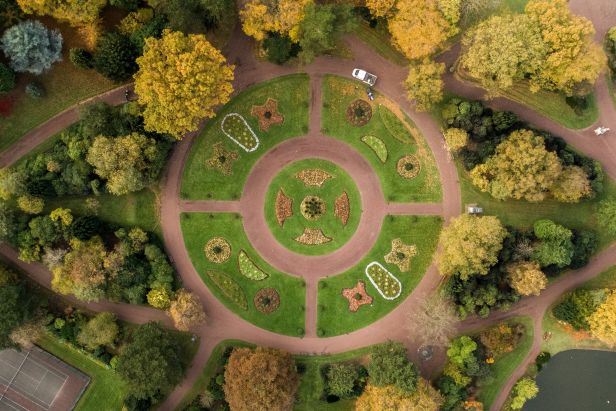The Nordic Swan Ecolabel
The Nordic Swan Ecolabel is one of the world's toughest environmental certifications – and as such, a powerful tool for producers and brand owners.
The Nordic Swan Ecolabel offers:
- A recipe on how to reduce the environmental impact from production and consumption of goods.
- A credible, third party certified guidance for their consumers and professional buyers to choose goods and services that are among the environmentally best.
The Nordic Swan Ecolabel is an environmental labelling scheme certifying that a product or service complies with the requirements for the label.
As one of the world's toughest environmental certifications, the Nordic Swan Ecolabel is only awarded to products and services meeting ambitious environmental requirements.
The Nordic Swan Ecolabel is holistic. It promotes resource efficiency, reduced climate impact, a non-toxic circular economy and conservation of biodiversity – always with a strong focus on health.
The entire lifecycle is considered, from raw materials, production, and use to recycling and disposal, and to obtain the Nordic Swan Ecolabel you have to meet its requirements that ensure quality and durability.
Established in 1989
The Nordic Swan Ecolabel was established in 1989 by The Nordic Council of Ministers as a voluntary ecolabelling scheme for the Nordic countries Denmark, Finland, Iceland, Norway and Sweden. Today, it is the official ecolabel of the Nordic countries, supported by all Nordic governments and the most recognised environmental label in the region.
The goal is to enable consumers and professional buyers to choose the environmentally best goods and services by giving an effective tool to help companies develop more sustainable products and services.
The Nordic Swan Ecolabel is a:
- Type I ecolabel according to the standard ISO 14024.
- Trustworthy, independent, third-party certification providing companies with documentation on environmental excellence.
- Member of GEN – the Global Ecolabelling Network for Type I ecolabels.
Goals and principles for the Nordic Swan Ecolabel
The Nordic Council of Ministers has determined the overall rules for the labelling of products with the Nordic Swan Ecolabel and the rules of procedure for the Nordic Ecolabelling Board.
Managing the Nordic Swan Ecolabel
The Nordic countries work together via their joint organisation Nordic Ecolabelling proposing the requirements for the Nordic Ecolabelling Board to decide upon. At the same time, Nordic Ecolabelling makes sure no Nordic Swan Ecolabel product does not live up to the requirements decided by the Board.
The process of developing criteria
Nordic Ecolabelling develops proposals of criteria for different product groups. After this first process, the national ecolabelling boards discuss and decide on the proposal.
Read about our criteria development process.
Public criteria consultations
A Nordic Ecolabelling public criteria consultation goes on for about 2 months and everyone is invited to give their view on the proposal of new criteria for the Nordic Swan Ecolabel.
After the consultation period, Nordic Ecolabelling work with the results and proposes an updated version of the criteria to the Nordic Ecolabelling Board.
The Nordic Ecolabelling Board
The Nordic Ecolabelling Board consists of the chairpersons from each national ecolabelling board. The board discusses the result of the developing process and finally sets the criteria for each product group as well as determines the rules for the companies that apply for or have a licence for the Nordic Swan Ecolabel.
- Decision mandate and information flow between the Nordic Ecolabelling Board and Nordic Ecolabelling.
Nordic Swan Ecolabel – member of GEN
In 1994, the Nordic Swan Ecolabel was one of the founders of the international network for ISO 14024 Type 1 ecolabels, the Global Ecolabelling network, GEN.
"The Swan Effect"
As forerunner companies in different branches have wanted to take a lead in the development towards a more sustainable world, it is now possible to obtain a Nordic Swan Ecolabel certification within 58 different product groups, counting more than 200 different product types.
Since it is hard to obtain the Nordic Swan Ecolabel, only the forward companies succeed. And in doing so, show the way for others to follow. Thus, following the Nordic Council of Minister's vision and making "the Nordic region the most sustainable and integrated region in the world". We call it "the Swan Effect".
Today more than 25.000 Nordic Swan Ecolabel products and services are being sold in the Nordic countries, and the rest of the world is asking for them.


